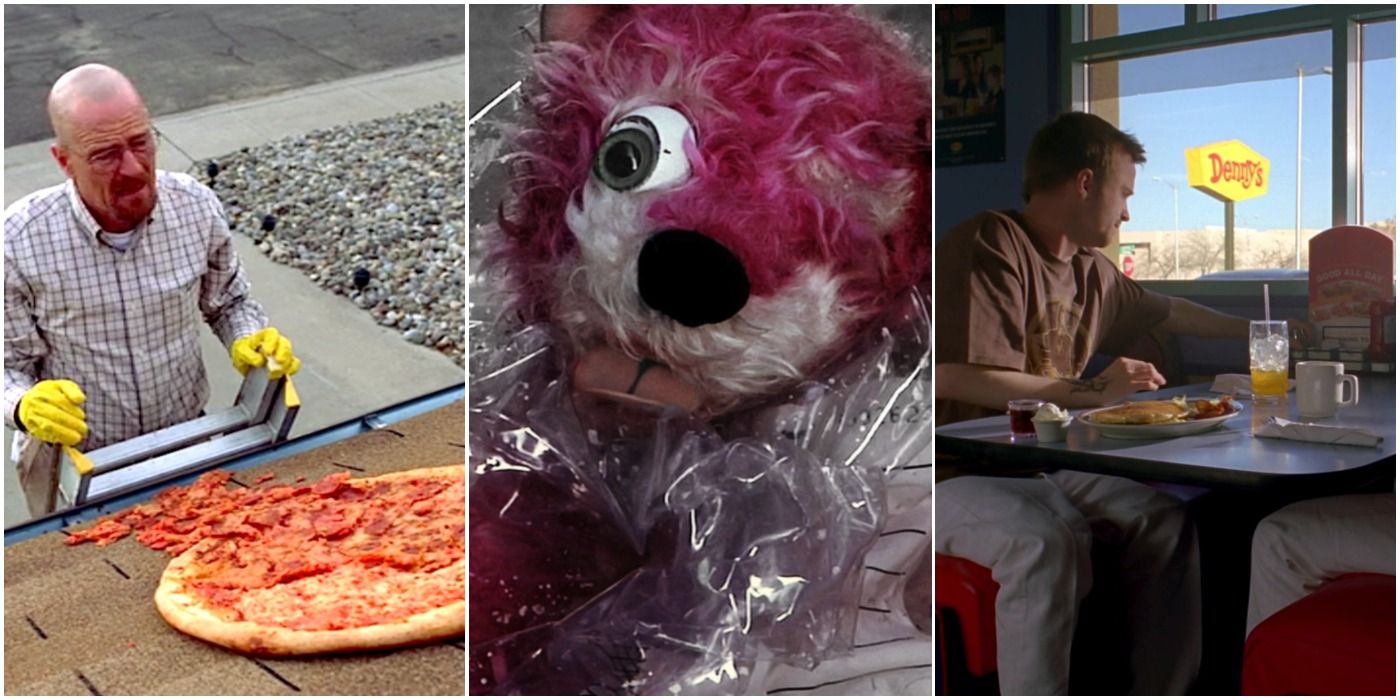
There are a lot of television series that have esteemed reputations, but Breaking Bad has helped define the new golden years of the medium, and it’s set a precedent that remains hard to top. There are many groundbreaking television shows that are currently in production, but there are so many series that don’t know when to end their run and can needlessly dilute an excellent show into something pedestrian.
Breaking Bad’s excellence largely has to do with the series quitting while it’s ahead, which its prequel spin-off Better Call Saul is also about to do. Breaking Bad’s quality hasn’t dropped, and it’s led to many people revisiting the series, especially when there’s new Better Call Saul on the way. Many TV series feature some fun hidden Easter eggs, but there are some especially satisfying ones within Breaking Bad.
10 Season 2's Episode Titles Give Away The Flash-Forward’s Ending

One of the more ambitious storytelling flourishes that Breaking Bad engages in is a series of chilling black-and-white flash-forward sequences throughout the second season that tease mass casualties by the end of the season’s episodes. Fans had countless theories over who would be in the body bags, but the episode titles for these flash-forward installments actually spell out the answer in a subtle manner. These four episode titles compose the message, “747 Down Over ABQ,” which alludes to the plane crash that Walt’s actions inadvertently play a role in.
9 Walt's Beige Pants From The Pilot Return In The Final Season
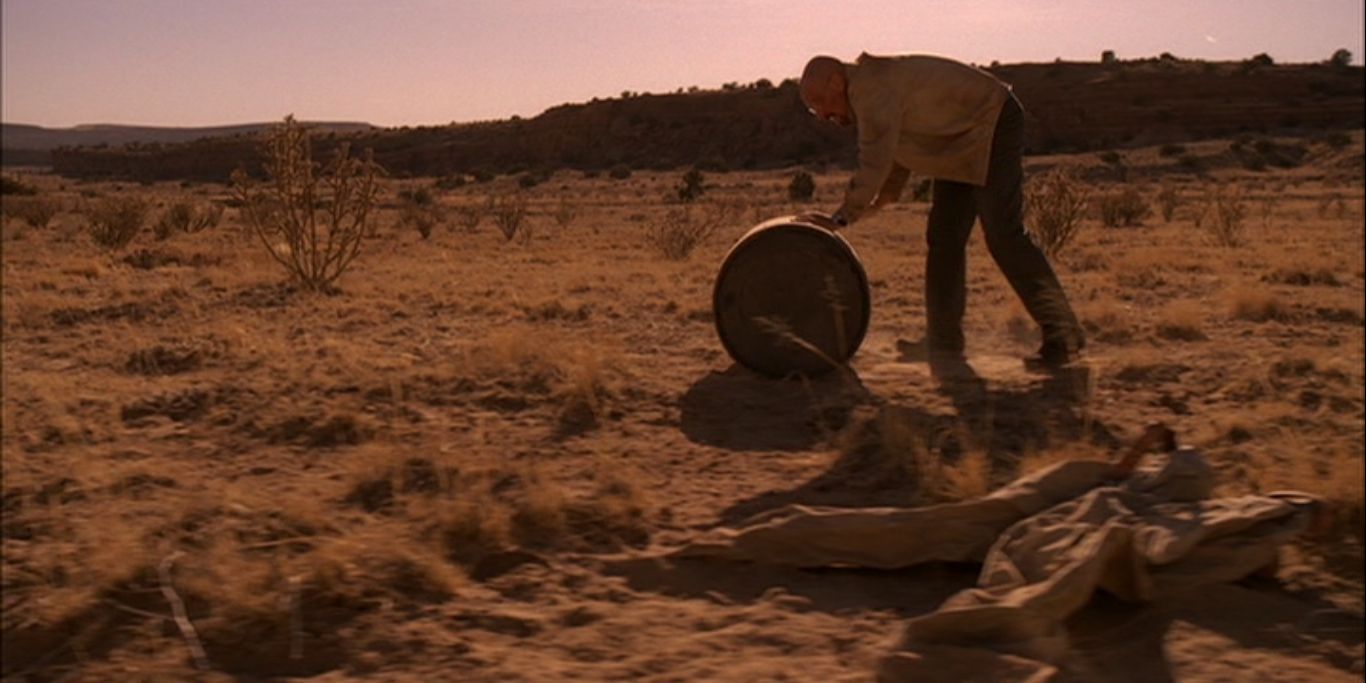
A striking opening image and cold open are powerful ways to immediately grab the audience’s attention with a new television series. The opening of Breaking Bad’s pilot episode is engaging right from the start and there’s an iconic set piece where Walt’s ordinary beige pants get away from him in the desert and he spends the sequence in his underwear. This comes full circle in Breaking Bad’s final season when these very same pants appear in the pivotal episode, “Ozymandias.” They’re ensnared on a cactus as Walt rolls a barrel through the desert.
8 Walt's Fake Name In Season Five Is A Nod To Skyler
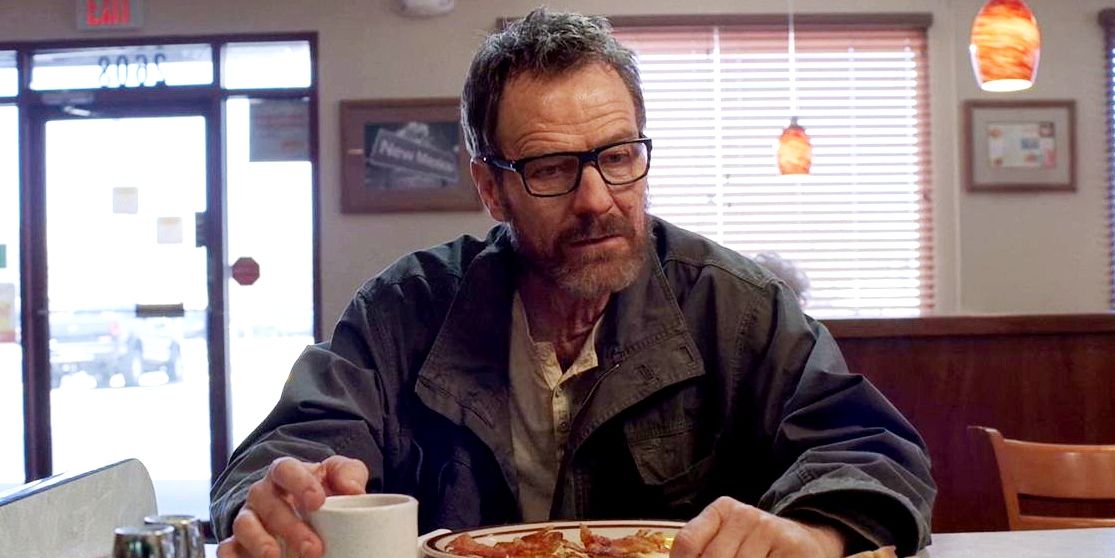
Walter White does an excellent job to keep his identity a secret, and his drug alter ego of Heisenberg is able to cover for him during the majority of his criminal activity. A fire really gets lit under Walt in the series’ final season and he’s forced to leave his comfort zone and also adopt a new identity.
Walt’s new surname of Lambert seems fairly random, but it’s in fact a touching nod back to his old life with his family. Skyler’s maiden name was Lambert, and so Walt’s connection to it here shows that she’s still on his mind.
7 The Title For The Final Episode Has Multiple Meanings
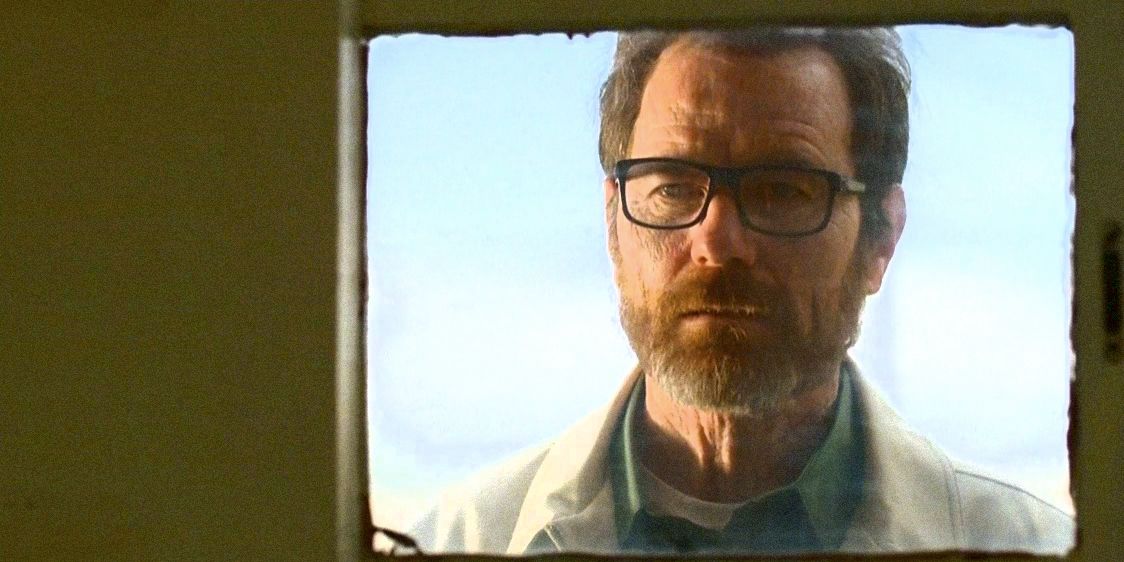
Breaking Bad’s creative team is endlessly brilliant and has an uncanny capacity to hide clues in plain sight. Both Breaking Bad and Better Call Saul have put messages within their episode titles, but the name of Breaking Bad’s series finale, “Felina,” is particularly significant. “Feleena” is the name of the song that plays at the start of the episode, which is about a man who dies because his love is too intense. On the periodic table, Fe Li Na breaks down to blood, meth, and tears. On top of everything else, it’s also just an anagram for “finale.”
6 Oranges Are Used As A Death Flag, Like In The Godfather
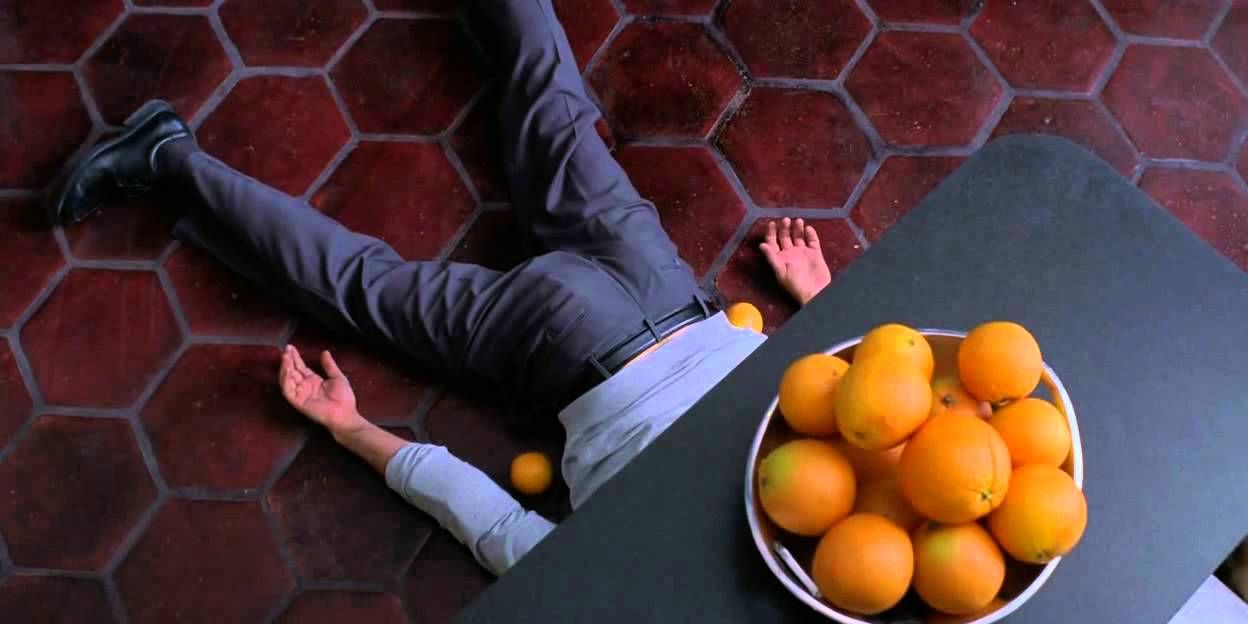
Breaking Bad has become a cultural icon that’s already been referenced by more contemporary series, but it has no shame in its own homages to classic pieces of cinema. There’s a strong affection for Francis Ford Coppola’s The Godfather, which gets explicitly referenced by characters like Saul, but it also receives more hidden nods. Oranges are used as a marker for death in The Godfather, and Breaking Bad plays by the same rules, particularly when it comes to Ted. It’s a fun reference and Better Call Saul intentionally plays against this and uses oranges as a red herring.
5 The Logistics Behind The Uncut Pizza Are Explained
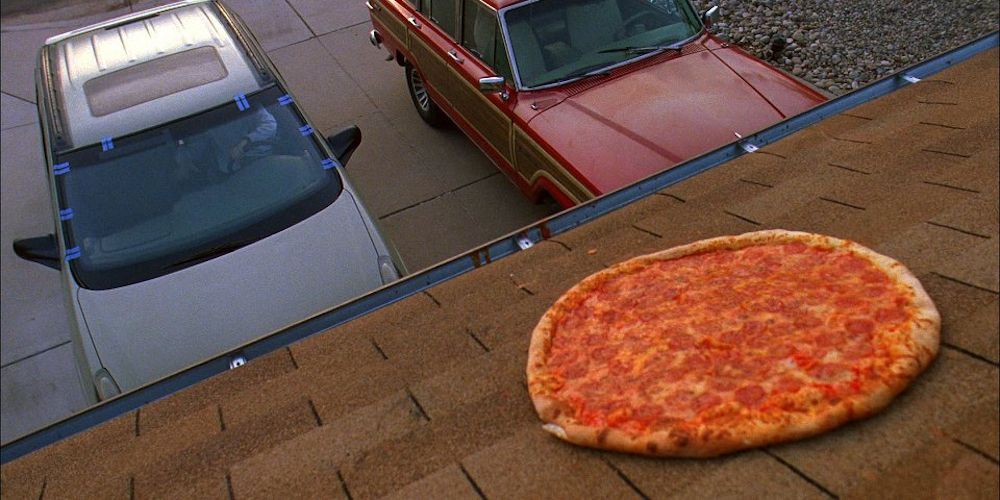
Breaking Bad is full of iconic moments that are the result of the show’s impeccable writing, directing, and performances, but sometimes classic sequences can come entirely by accident. A moment that’s gone on to become a classic in Breaking Bad is Walt’s disgruntled gesture with a pizza, which ends up with the full pie landing on the White’s roof.
Some viewers questioned why the pizza isn’t cut, but the series explains this through future dialogue where it’s revealed that this pizza place charges less when they don’t cut the pizza. It’s silly, but it connects these dots.
4 Walter Cuts Off His Crusts As A Tribute To Krazy-8
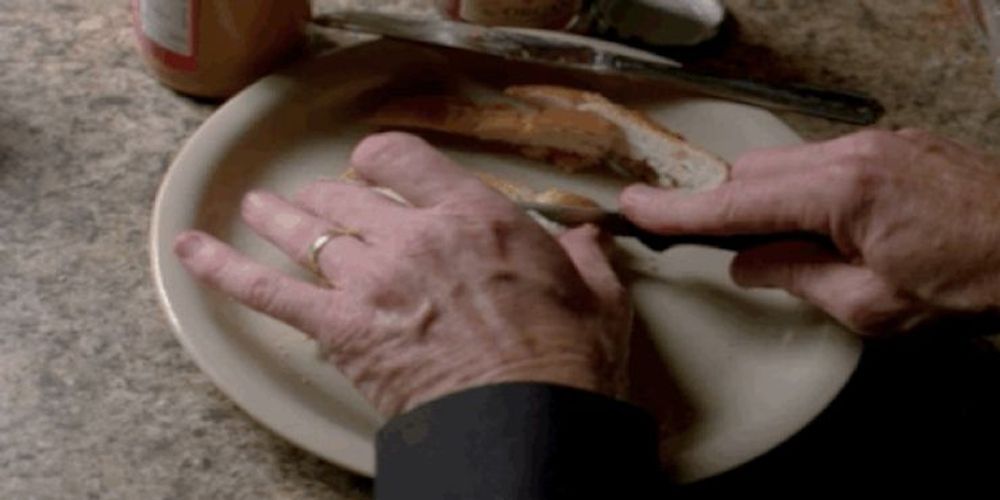
One of the greatest joys in Breaking Bad is just how much Walter transforms since the show’s first season. Walt reaches a point where he won’t let anyone get in his way, and he’s willing to poison a child, but initially, his first kill comes with tremendous reservations. Walter needs to strangle Krazy-8, but beforehand he bonds with his temporary hostage and happens to learn that he prefers his sandwiches with the crusts cut off. After Walt commits the deed, he sadly has a sandwich, but he’s cut the crusts off in tribute to this life that he ended.
3 Walt & Jesse's Diner Conversation Is A Nod To Pulp Fiction
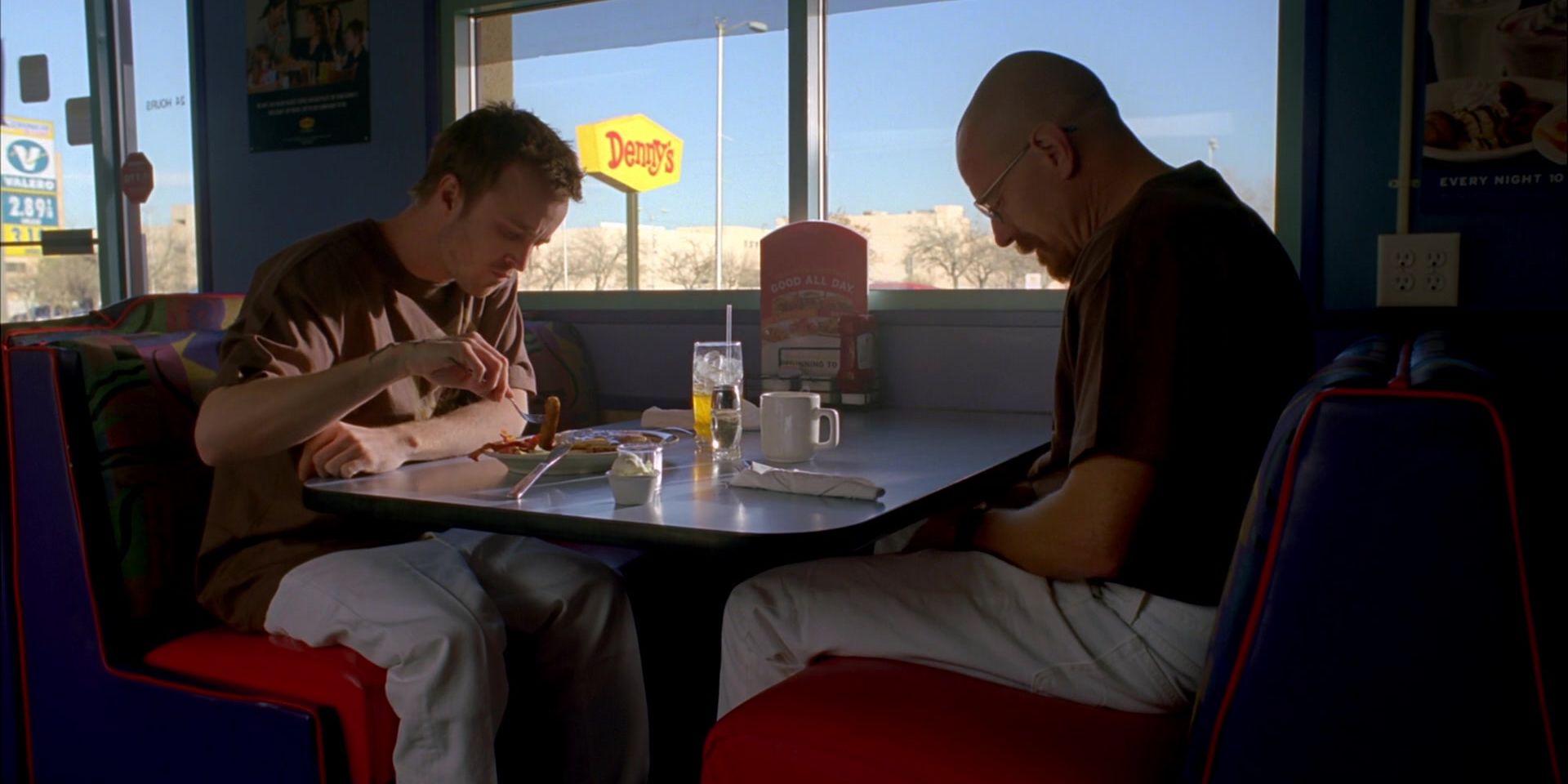
There’s a real turning point toward the end of Breaking Bad’s third season when Walter and Jesse officially get in over their heads and become inexorably tied to Gus Fring’s criminal organization. Season four begins in an incredibly grim manner where Walter and Jesse fear for their lives, but after they’re spared they drown their sorrows in a Denny’s. The atypical clothes that Walter and Jesse are stuck in, the diner location, and even the shot composition of the sequence all pay reference to Quentin Tarantino’s Pulp Fiction. Both of these sequences are set after unexpectedly bloody events.
2 Walt Adopts Traits Of The People He Kills
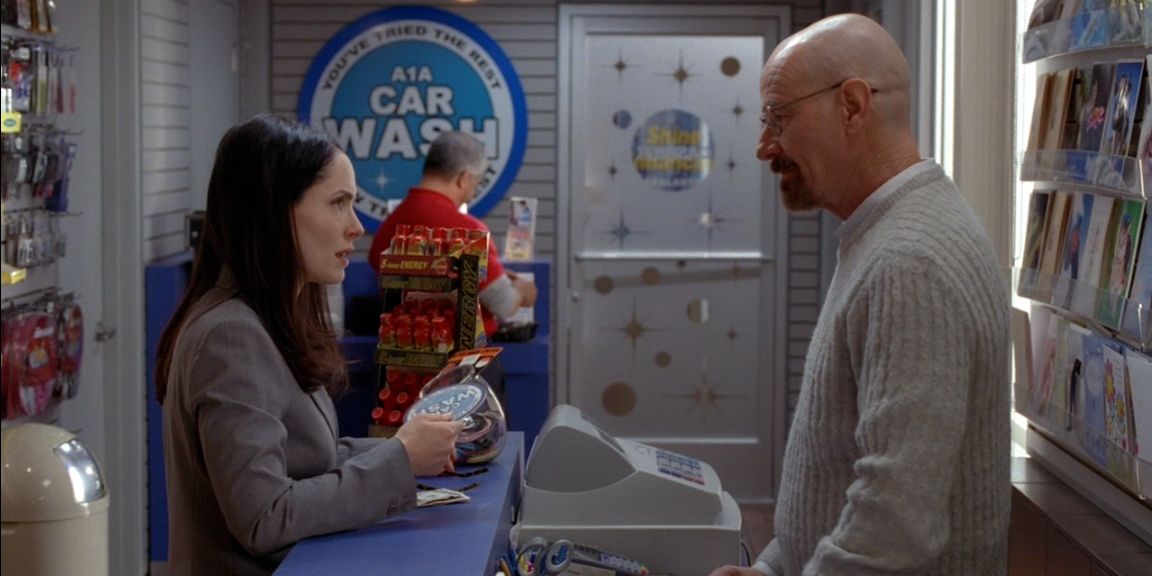
Bryan Cranston’s evolving, terrifying performance is a testament to why Walter White’s own transformation is so powerful in Breaking Bad. Walter progressively hardens and truly shifts into a calculated killer by the end of the series, but he also picks up certain affectations along the way that are disturbingly emblematic of serial killers. Walt, whether intentionally or not, adopts some of the mannerisms of the people he kills, almost as if he’s absorbing aspects of them. Walter adjusts his tie and carries himself like Gus, but also takes certain expressions that Mike would use.
1 The Chess Game In The Background Foreshadows Walt's Failure
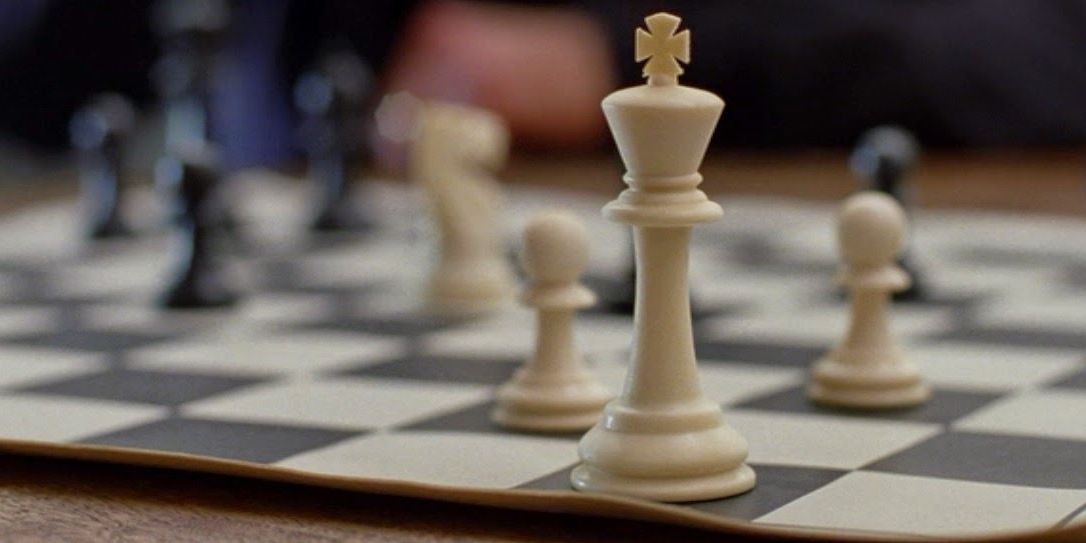
Some viewers question the level of detail that some fans put into their analysis of Breaking Bad, but there are certain obscure elements that are proof of the show’s deeply layered nature. “Ozymandias” is largely agreed to not only be Breaking Bad’s best episode, but also a high mark in television in general. There’s a chessboard in the background of this episode that’s set up in a manner where the white king is poorly guarded and about to lose. This is representative of how Walt thinks he's still in charge and doesn't realize that he’s about to be toppled.
0 Comments